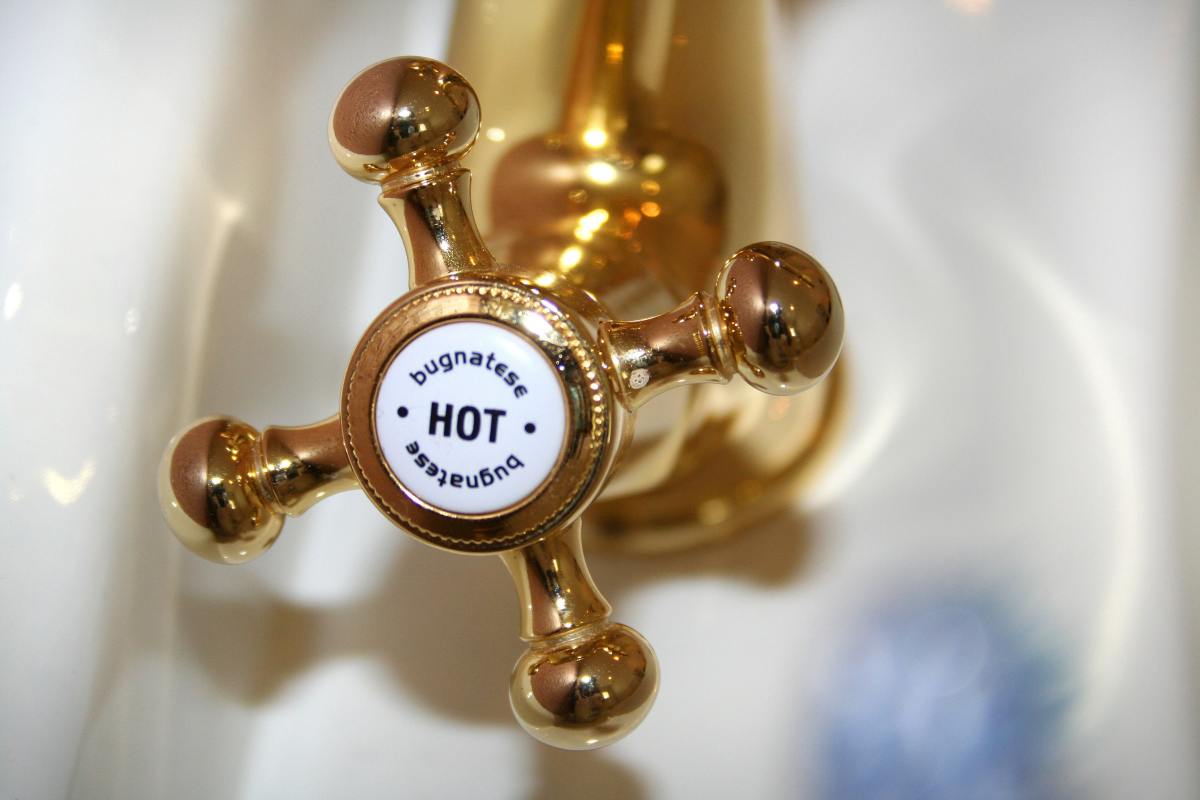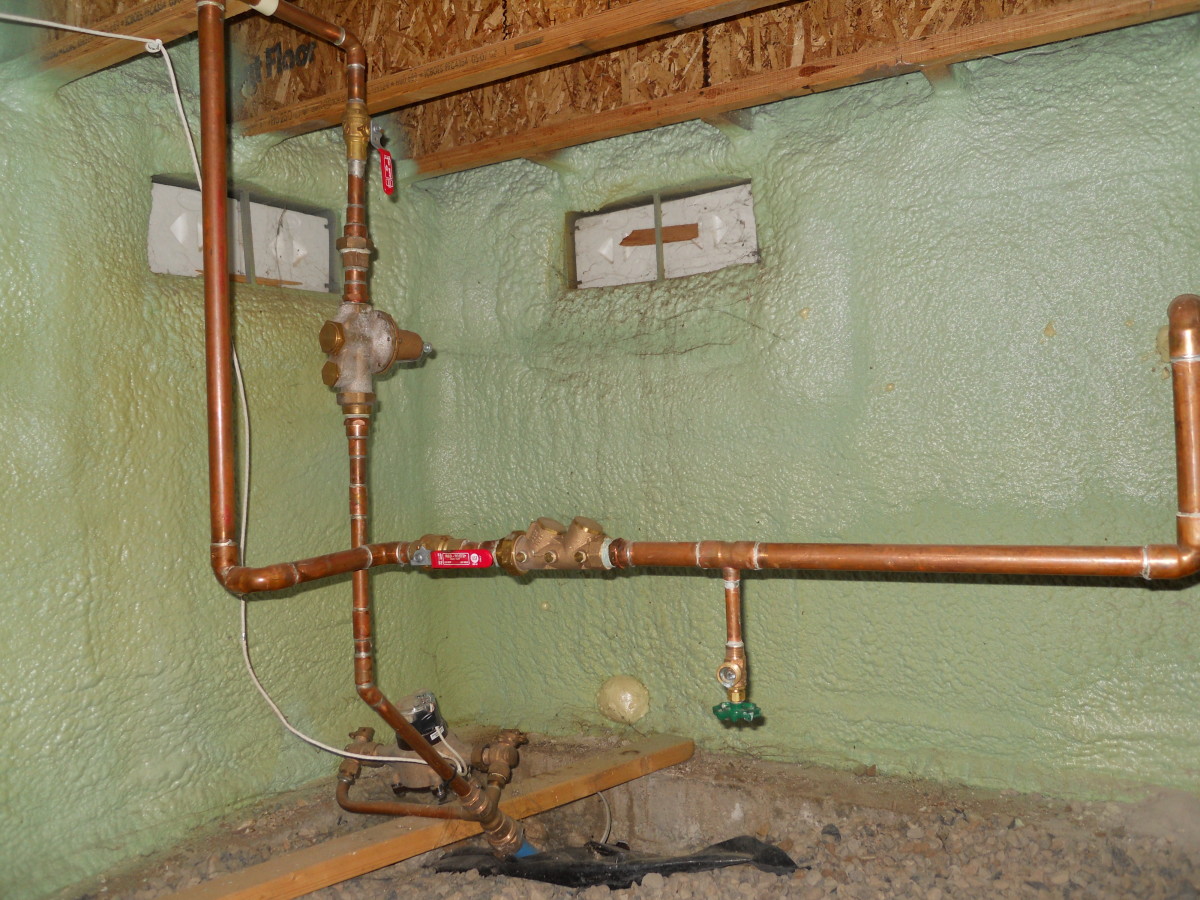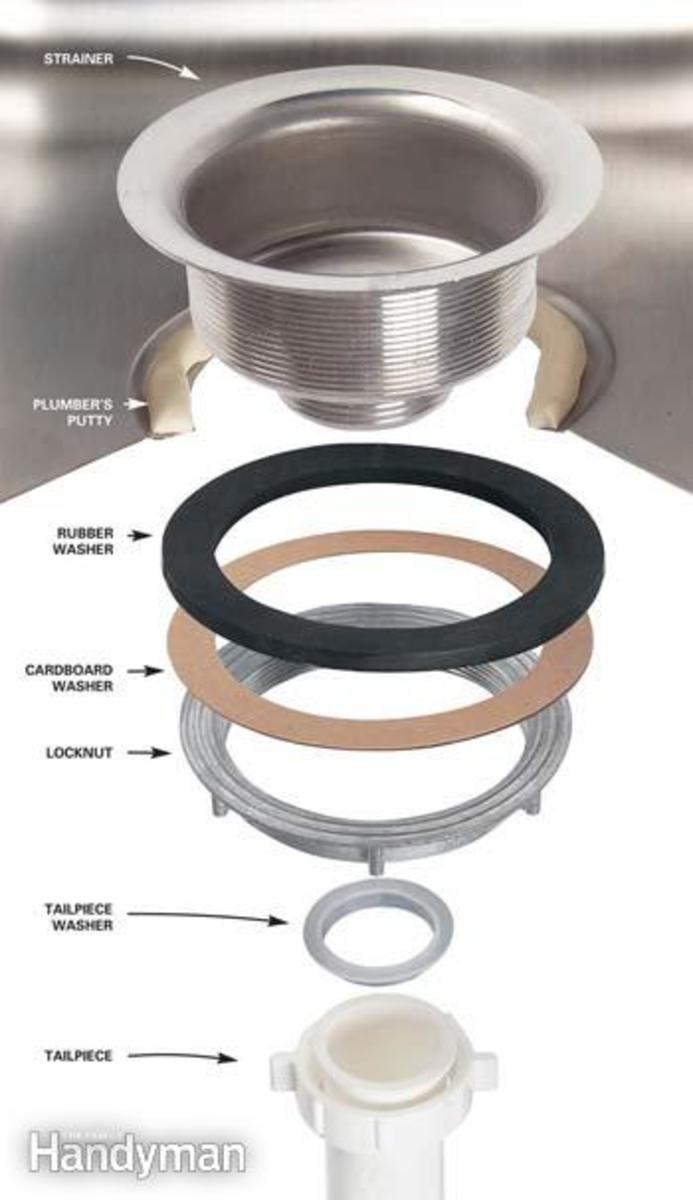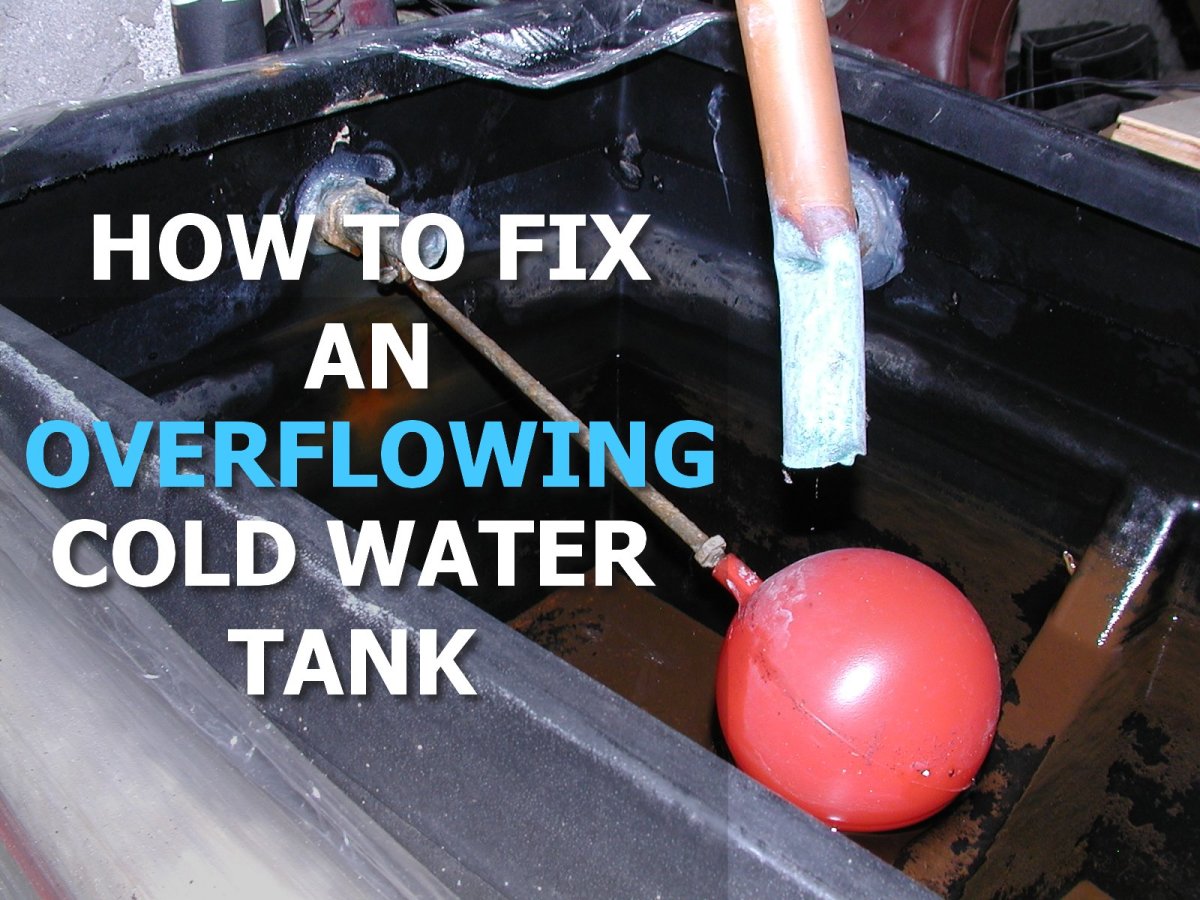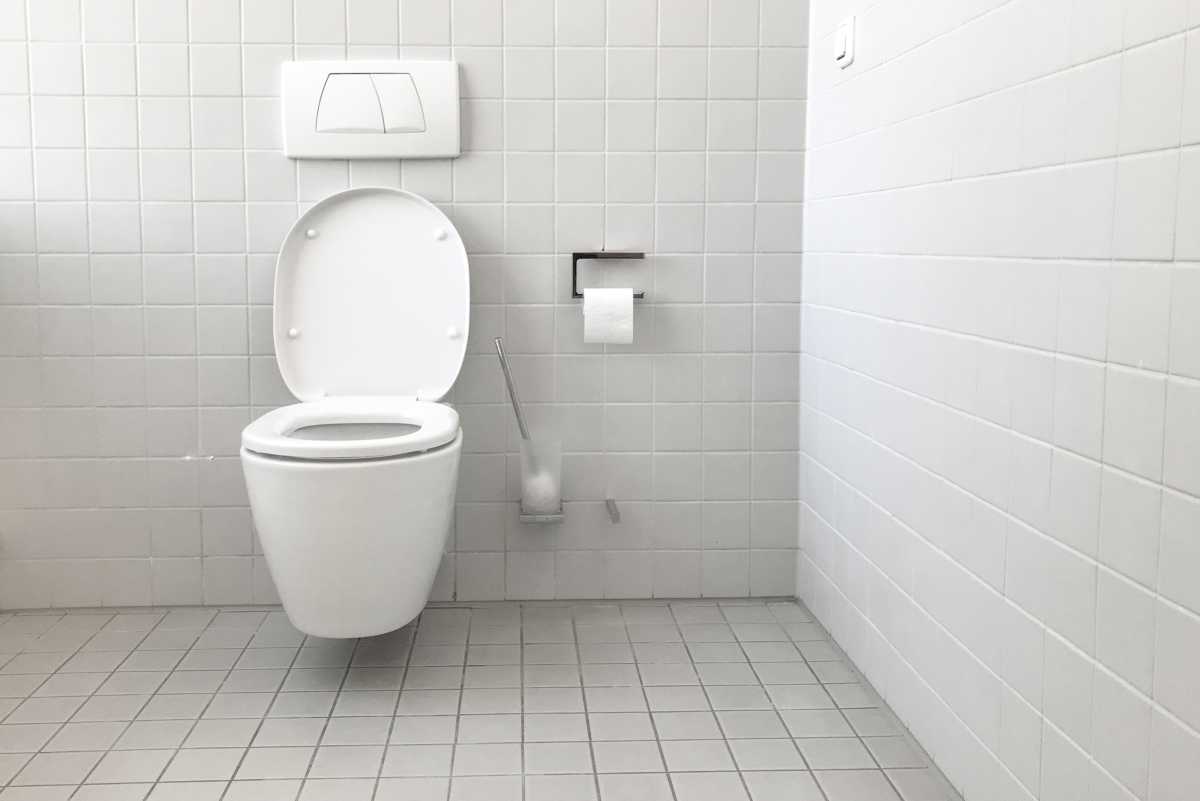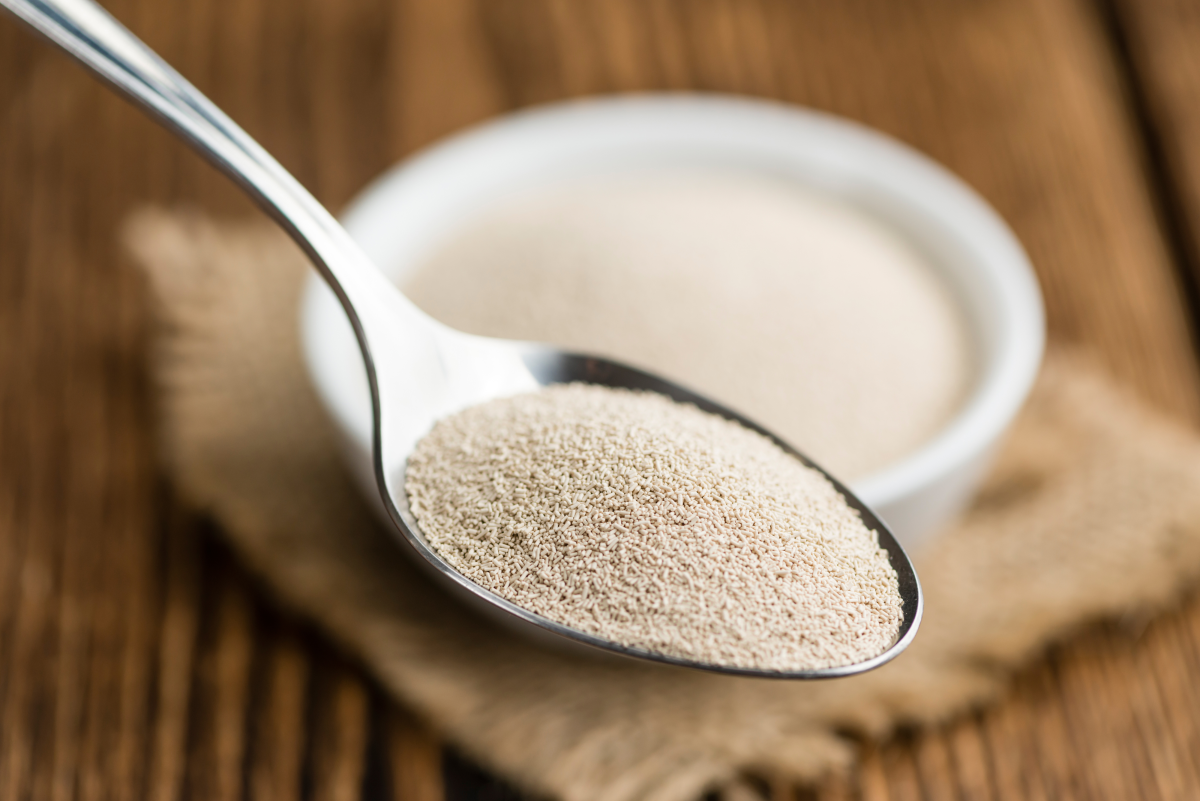Why Not to Avoid Plumbing Problems
There's an old saying that prevention is the best defense. When a problem does occur, however, timeliness becomes key. While it may seem like an inconvenience now, there are many potential consequences of allowing a problem to continue. Where dropping a hundred may seem like a steep cost, a delayed solution can grow to the thousands if further damage occurs. Especially with plumbing, where even small amounts of water can do substantial harm, it is essential to promptly correct the issue.

Leaky Pipes & Facets
Leaky pipes and faucets can take a decent chuck of money even before they are addressed since the water lost is still water paid for. A showerhead leaking at ten drips a minute can add up to five hundred gallons lost over an entire year. On top of that, there is the added inconvenience of lost water pressure which might even increase water consumption in the home.
The bigger threats from plumbing leaks, specifically with pipes, are water damage and mold. If water damage occurs, especially where there is wood, it can be very involved and costly to replace. Hardwood flooring cost between $12 and $30 per square foot. Add to this the cost of installation, and the longer it has been allowed to progress, the more will need to be replaced.
And while the moisture sits, it can lead to black mold. This not only requires a plumber but also a mold remediation company. As the mold must be removed entirely, whole sections of ceilings, floors and walls may have to be replaced as well. A hundred square feet of drywall can cost as much as $400 before service fees and the remediation service itself can run between $500 and $3,000.

Clogged Drains
Much like leaky pipes and faucets, the unfortunate circumstance of clogged drains is that the damage occurs slowly and mostly out of sight. Even invasive tree roots can cause pipes to back up and water to move back towards the drains. It is often not until the pipes are almost entirely plugged and water pools in the sink or tub that homeowners realize that there is even a problem.
As hair, grease and other materials collect in the pipes, so can bacteria, mildew and mold. This becomes worse when there is condensation. Water that stands during use can become dirty and unsanitary. As standing water slowly drains and the chlorine dissipates, it can leave a pink, slimy substance on the surface of plumbing fixtures. This is caused by an airborne bacteria that thrives off of moisture and oxygen. While it is not harmful, the stain left from it is extremely difficult to remove.
Additionally, though a clogged drain can be addressed without the assistance of a plumber by using augers to clear the blockage, allowing it to remain may pack it down further and take away this option. The cost can jump up exponentially depending on the tool the plumber is ultimately required to use where even a multi-use auger is only around $20. This is why it is important not to treat this a new issue, but a developing one, and tackle it at the very first sign of trouble.
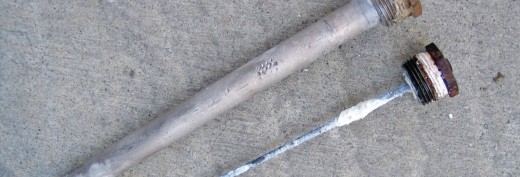
Water Heater
Water heaters don't require much attention and, like the pipes in a home, aren't often considered. What maintenance they do require, however, is essential. It is especially important to ensure that the anode rod is checked regularly. If the rod has more than six inches of core steel wire exposed, the rod is less than a half inch thick or it is coated with calcium, it will need to be replaced.
The anode rod is a sacrificial tool to prevent corrosion in the water heater tank, which means that if it is not addressed when needed, the life of the water heater may be reduced significantly. Replacing an entire unit is a base price of $900, where replacing the rod is often around $20.


